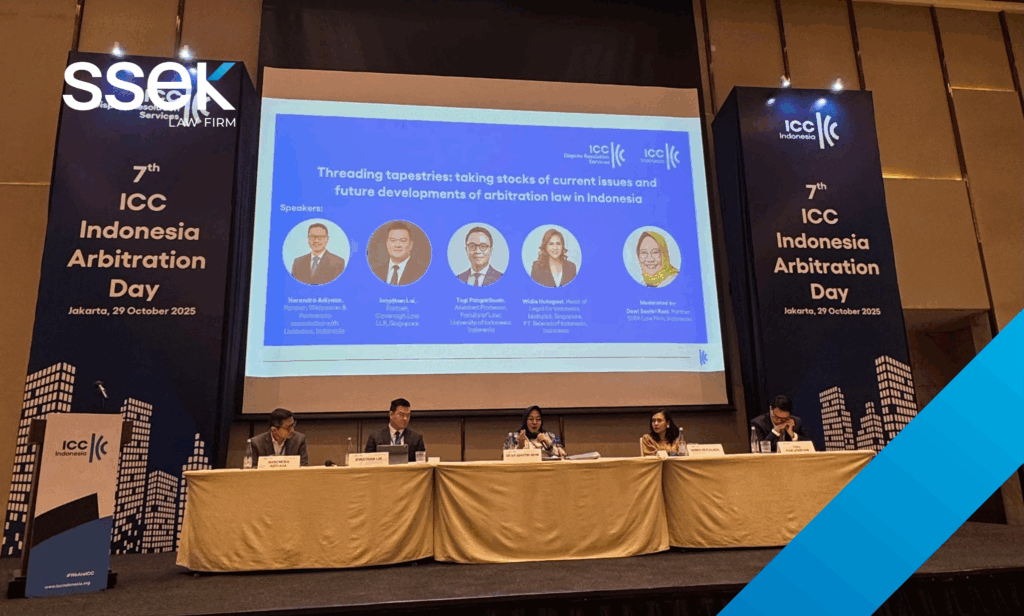25 October 2021
Indonesia’s e-filing system for intellectual property, which was introduced in steps in recent years, became a vital tool during the COVID-19 pandemic, as it allows for the remote filing of intellectual property applications at any time. The increasingly feature-rich system, which now allows the Directorate General of Intellectual Property (DGIP) to accept all types of intellectual property submissions online, is a welcome step forward that has had a very positive impact on the country’s intellectual property activities. Now that the online system is fully in place and functioning well, it is worth considering which points could be improved in future iterations of the project.
Patents
The e-filing system is especially easy to use for filing new patent applications, and also allows for the completion of post-filing tasks, including lodging oppositions and responding to office actions. In fact, office actions themselves are issued via the system, but without any active notification, leaving it up to the filers to proactively check on whether any office action has been issued. Additionally, after filing a response to an office action, no receipt is issued in return. The only way to be certain that a response has been successfully submitted is by logging into the system to check that the office action is no longer listed as outstanding.
Amendments can be submitted at any time prior to the grant of the patent. However, the official fee for excess claims can only be paid when the status of the application is under substantive examination.
Designs
Design applications and post-application filings, including rejection responses, can also all be made through the e-filing system. However, there are issues with design applications that have more than one drawing per view. In such a case, the multiple drawings for that particular view must be combined on one sheet before uploading the application. Otherwise, the extra drawings will be reclassified as “reference view” on the design certificate, likely resulting in a lengthy delay, because the e-filing system does not allow correction requests. Such requests can only be made in person at the DGIP office.
Rejection notices are sent via email and cannot be found on the e-filing system, which will only display the application status as “Director’s approval of rejection decision.” Similar to the office action responses for patents described above, responses to a rejection receive no official filing receipt.
Trademarks
One convenient feature of the e-filing system for trademark applications is its translated list of goods and services in English and Bahasa Indonesia, minimizing the risk of erroneous translation. However, the list of goods and services is subject to change from time to time, and it is not uncommon to find some goods and services deleted unexpectedly or the wording altered. If the desired goods or services are missing from the list but are mentioned on the Madrid List of Goods and Services, a request to add them may be submitted with the application. The request process can be time-consuming, and the application will not receive a filing date unless the list has been finalized. Sometimes the request is not automatically forwarded to the classification officer, and the request must then be made to the DGIP’s customer service department.
Some miscellaneous issues encountered in the trademark section of the e-filing system include the following:
-
After an application is submitted, an error sometimes prevents the receipt from being downloadable, necessitating further discussions with customer service.
-
All notifications for trademark-related applications are issued electronically, but sometimes the notification date displayed by the e-filing system is later than the actual date of the notification letter, because the letters of notification are not always uploaded to the e-filing system on the day they were issued by the officer.
-
The registration certificate from the e-filing system does not always list the goods or services in the same order as the application. The only remedy for this is to submit a change request.
-
The status of applications in the e-filing system is not always up to date.
-
Under heavy traffic, the system becomes inaccessible for hours. It can be difficult to reach customer service due to limited availability. The live chat feature for questions is likewise often delayed or unresponsive.
Conclusion
Indonesia’s move to an e-filing system has brought tremendous gains in flexibility and convenience to the country’s management of intellectual property rights—particularly for intellectual property consultants working from home during the pandemic. The online system has greatly modernized procedures for securing intellectual assets in Indonesia, and with the additional functionality added and honed since the onset of the pandemic, the system has become an integral part of the DGIP’s interactions with rights holders and applicants. Though much of the application data from the initial phases of the e-filing system has yet to be added to the current system, once this data is integrated, the e-filing system will be even more useful.
The DGIP now has the opportunity to build on its successful implementation of this comprehensive e-filing system by addressing the various challenges and shortcomings identified above. With time, the DGIP will work out these issues and others that may arise, increasing the practicality of the e-filing system as the foremost tool for intellectual property prosecution in Indonesia.
For further information, please contact:
Wongrat Ratanaprayul, Tilleke & Gibbins
wongrat.r@tilleke.com





